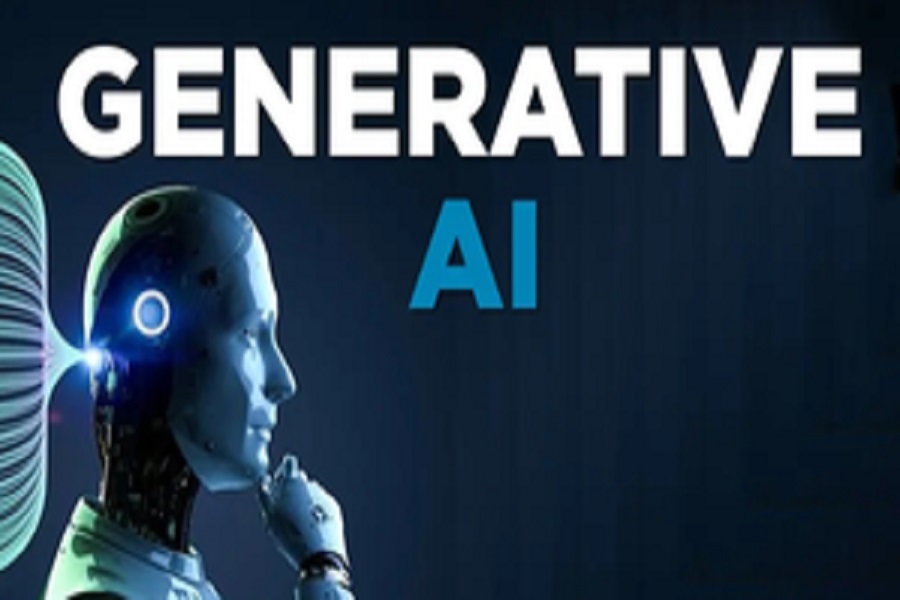
Progress in generative AI (GenAI) is poised to impact the procurement function globally through advancements in three areas, according to a new report.
Agentic reasoning, multimodality, and AI agents are the advancements that will redefine how procurement operates and significantly impact the agendas of chief procurement officers (CPOs), said the Gartner report.
According to Ryan Polk, senior director analyst in Gartner’s Supply Chain practice, agentic reasoning, multimodality, and AI agents are coming to procurement.
“These advancements will usher procurement into an era where the distance between ideas, insights, and actions will shorten rapidly. Procurement leaders who build their foundation now through a focus on data quality, privacy and risk management have the potential to reap new levels of productivity and strategic value from the technology,” he stressed.
Agentic reasoning in GenAI allows for advanced decision-making processes that mimic human-like cognition.
This capability will enable procurement functions to leverage GenAI to analyse complex scenarios and make informed decisions with greater accuracy and speed, said the report.
Multimodality refers to the ability of GenAI to process and integrate multiple forms of data, such as text, images, and audio.
“This will make GenAI more intuitively consumable to users and enhance procurement's ability to gather and analyze diverse information sources, leading to more comprehensive insights and better-informed strategies,” the report mentioned.
AI agents are autonomous systems that can perform tasks and make decisions on behalf of human operators.
As AI agents become more integrated into procurement technology, they will shift the role of procurement professionals towards strategic decision-making, stakeholder relationship management, and innovation.
According to a recent Gartner survey, 72 per cent of procurement leaders are prioritising the integration of GenAI into their strategies.
This highlights the recognition of its potential to drive significant improvements in efficiency and effectiveness, as well as multiple viable use cases, including by enhancing the contract management process.
